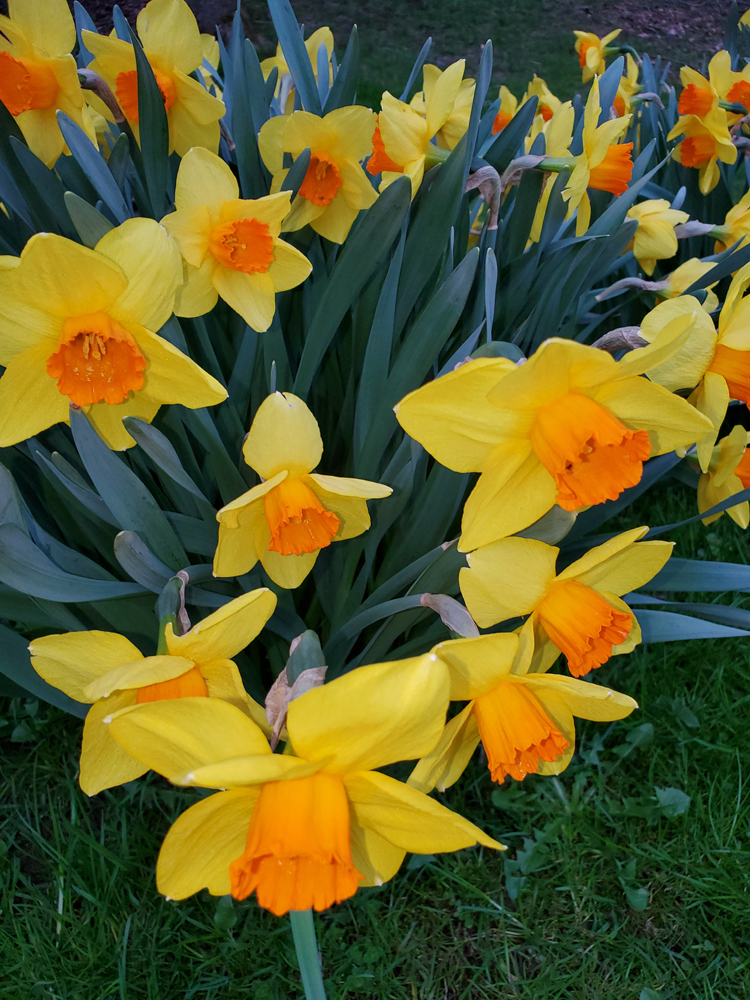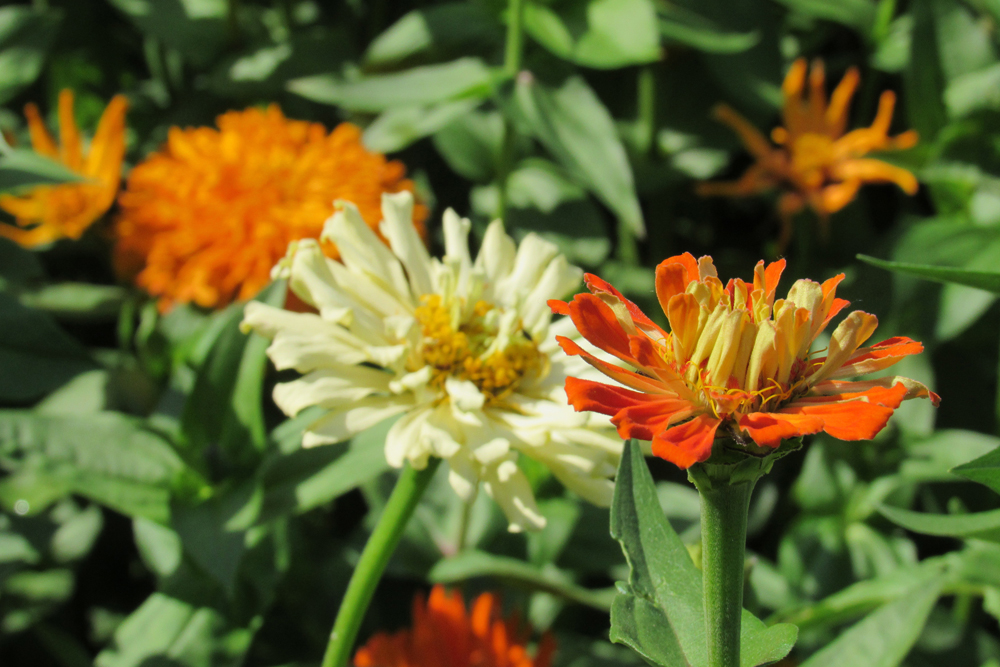Spring Bulbs – Daffodils

For early spring cheer in the landscape, it is hard to beat daffodils. Daffodils are easy to grow, and deer and other mammals avoid them. Autumn is the time to plant spring-blooming bulbs, including daffodils. Penn State Extension recommends giving the bulbs four to six weeks of time before the ground freezes to establish roots, making this a great time to plant.
Narcissus is the botanical name of the genus for the daffodil. It is derived from the name of the character Narcissus in Greek Mythology, who loved his own beauty so much that he drowned after trying to get closer to his reflection in the waters of a river.
The flower is native to Europe, North Africa, Western Asia, and the Mediterranean. Penn State notes that daffodils were grown by the ancient Greeks, and decorative use of the flower can be found in ancient Egyptian tombs and frescoes at Pompeii. The bulbs were brought to Britain by the Romans, who thought the sap had healing powers. It is the national flower of Wales and represents faithfulness because of its ability to re-bloom at the same time every year. Daffodils also symbolize new beginnings because they are one of the first blooms of spring. They also symbolize creativity, kindness, ambition, and beauty.
Daffodil blooms are made up of outer petals called the “perianth” and inner petals, which are usually fused into a tube called a “corona.” If the corona is equal to or longer than the outer petals, it is called a “trumpet.” If it is shorter, it is called a “cup.”
Additionally, there are daffodil flowers such as butterfly, which have a split corona and sometimes a ruffled appearance, and double daffodils, which have double petals, a double corona, or both.
Daffodils are very versatile in the garden. They look great in formal beds as well as informal, naturalized plantings. Clumps of daffodils planted throughout the landscape are very attractive. They can be grown in almost any well-drained area and do best in direct sun. Plant bulbs six to 12 inches apart and five to six inches deep, depending on the size of the bulb. Read the bulb package for planting instructions and make sure the pointed end is up and the root base is down when placing in the soil.
After blooming, leave the foliage in place to provide food for the bulbs for the following spring. If you plant bulbs in your lawn – do not mow until the foliage has died back – something that can take several weeks. Keep that in mind when deciding on a planting location.
Daffodils have few insect and disease problems. Penn State says excessive amounts of water or poorly drained soils are the bulb’s biggest threat. If your bulbs are not blooming, it is likely a sign they weren’t able to store enough food in the bulbs the previous year.
In order to bloom, daffodils must store adequate levels of food in their bulbs, Penn State says. If your bulbs are in partial shade during May and June, they may not be able to store enough food in their bulbs due to insufficient sunlight. To dig up bulbs, wait until the foliage has died back, and re-plant in a spot where there will be at least six hours of direct sun each day, even after trees have leafed out. You can also dig bulbs in the fall – but make sure you mark where they are located while the foliage is still visible in the spring.





